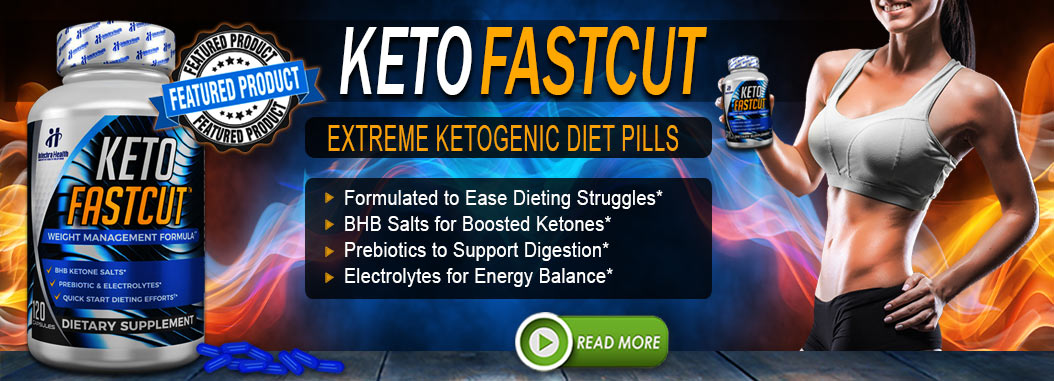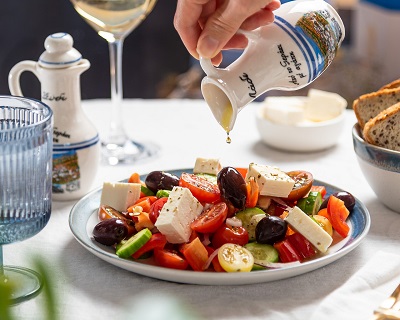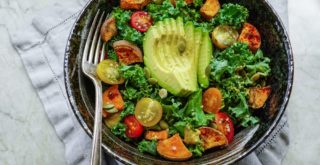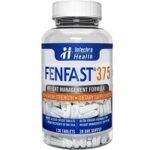Many diets nowadays have recognized that fat is not necessarily the enemy and has started to allow fats to become a regular part of a healthy diet – when consumed in the right amounts and in the proper form. On the other hand, many diets have turned on carbohydrates, instead, as a macronutrient to be eliminated. But should you really cut the best carbs?
Don’t Eliminate Carbohydrates
However, the majority of doctors still recommend that proteins, fats, and carbs all be included in a daily diet in order to achieve optimal health. After all, when you think about the types of foods that contain carbohydrates, you’ll come across a long list of nutrient-dense options. Moreover, you’re also likely to discover that they are the easiest sources of some of the vitamins, minerals and antioxidants your body needs the most. Therefore, the idea shouldn’t be to eliminate carbohydrates altogether. Instead, you need to focus on getting the right macronutrient balance and choosing the best carbs to be a part of your diet. Carbs can still be included in a weight loss diet, provided that the right ones are selected.
Understanding Your Macronutrient Ratios
If you’ve never focused on your macronutrient balance before, this may all seem very complex and difficult. There’s no need for that to be the case. With the right tools on your side, you should be able to slip into a healthier lifestyle quite smoothly. Start by speaking with a doctor or dietitian about the macronutrient ratio that is best for you. Your macronutrient ratio refers to the percentage each macronutrient – carbohydrates, proteins, and fats – will represent from your total caloric intake for the day. Once you know your goal, the next step is to get a great food tracking app that will show you how you’re doing with that ratio. If you want a web-based program, ShareFit is a terrific tracking option that will show you your macronutrient ratio in an easy to read pie chart. That said, if you’d prefer to use an app on your phone, some favorites at the moment include SparkPeople, MyFitnessPal, and the Fitbit app.
Choosing the Best Carbs
Once you’re set with the right information and tools, it’s time to start eating some carbohydrates! The key to consuming the best carbs is to be sure to eat a reasonable quantity and to opt for the foods that pack the biggest nutrient punch so that every calorie is worthwhile. For example, if you would usually load up your shopping cart with a bag of regular potatoes, opt for yams and sweet potatoes, instead. These are helpful in weight loss because they are high in fiber and resistant starch (RS), but are also proteinase inhibitors, which means that they reduce the production of a certain enzyme that is believed to boost the appetite and bring about a feeling of hunger. Therefore, when you eat these foods, you’ll feel fuller faster and for a longer period of time. Fruit is another one of the best carbs to add to your list. Though you will want to eat this type of food in moderation, it is a wonderful way to help you to moderate your cravings for sweets. Low carb diets are notorious for spiking cravings, but if you have a small bowl of berries, some mango, an apple, a pear, or a banana as an alternative to a candy bar or a bowl of jelly beans, you’ll enjoy that sweet flavor, but with a lot of fiber and nutrients to go with it. No calorie is wasted when you have fruit as your treat or dessert.
An Unexpected Addition of the Best Carbs
Another of the best carbs that is fantastic for both your health and for weight loss is beans. This legume – particularly white, black, and garbanzo beans (chickpeas) – is fantastic for making you feel full quickly and for keeping you regular. This is because they are high in both soluble and insoluble fiber, which is a rare accomplishment in the food world. Soluble fiber is the form that helps you to feel fuller because it absorbs water and expands in the stomach. This means that it takes up more space and, therefore, makes you feel less hungry. Many people don’t realize that they can get extra benefit from the best carbs out there through beans and chickpeas. They tend to think about those options as plant-based protein. That’s one of their best features – they’re both!



















